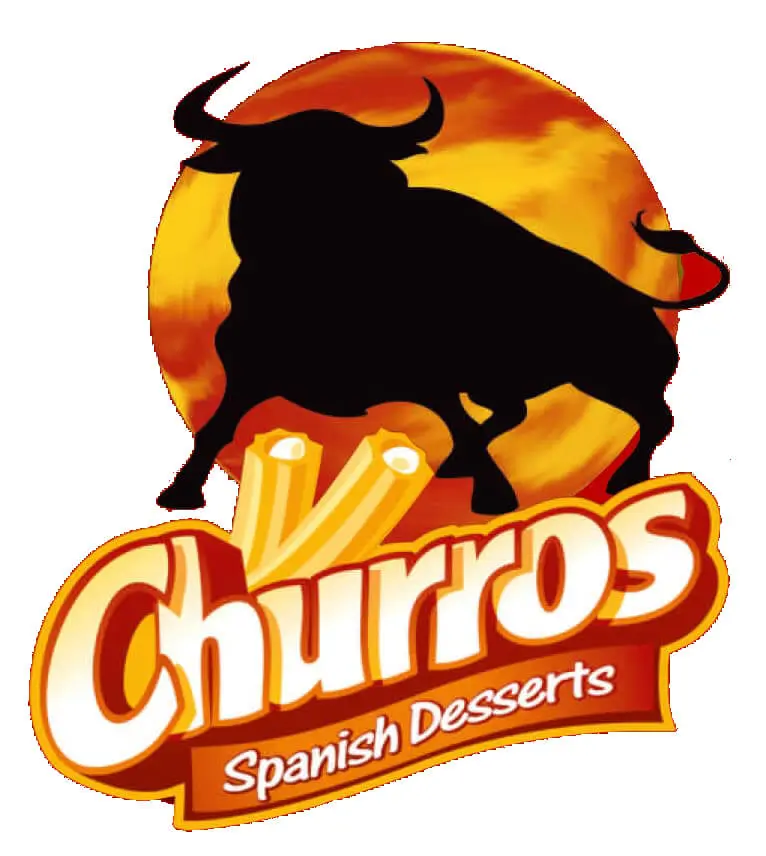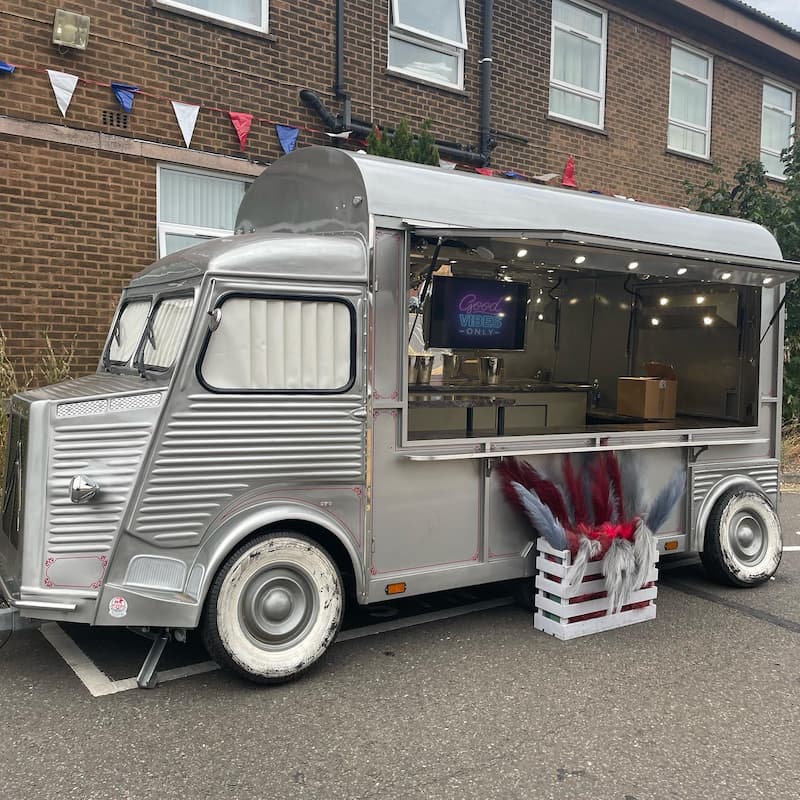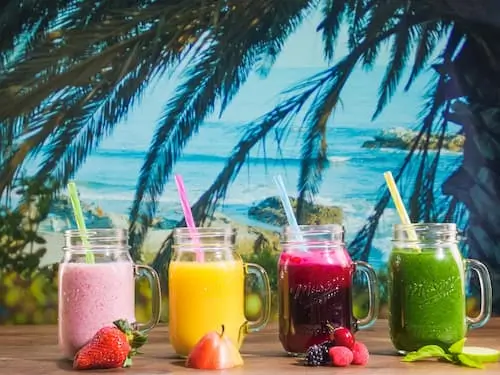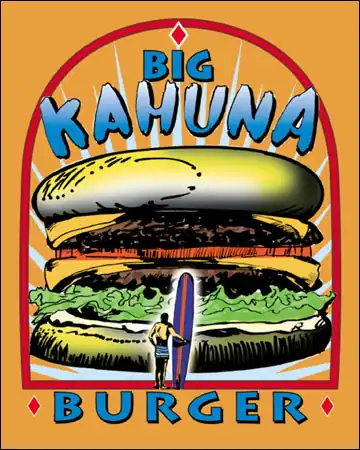In the realm of international culinary delights, there are certain dishes that capture the essence of a culture’s rich culinary heritage. One such tantalizing treat hails from the Netherlands and has been enchanting taste buds for generations – the delightful poffertjes. These tiny, fluffy, and delectable Dutch pancakes have won the hearts of people worldwide, leaving them craving for more. In this article, we delve into the fascinating world of poffertjes, exploring their history, preparation, and the experience of savoring these delectable bites.
A Brief History of Poffertjes:
Poffertjes, also known as Dutch mini pancakes, have a rich historical background that dates back to the 18th century in the Netherlands. Initially considered a festive treat prepared during religious celebrations and fairs, poffertjes were a specialty that showcased the artistry and culinary finesse of the Dutch. Over time, these delectable treats gained popularity across the country, transcending their festive origins to become a beloved street food and a staple in many Dutch households.
Preparation and Ingredients:
Traditionally, poffertjes are made from a batter composed of flour, yeast, eggs, sugar, and milk. The distinctive fluffiness of these mini pancakes is attributed to the use of yeast, which gives them their characteristic light and airy texture. The batter is poured into a special cast iron pan with several small, shallow indentations that give poffertjes their signature petite, round shape. Cooked to perfection, these golden-brown beauties are then served with a generous dusting of powdered sugar and a dollop of butter.
Serving and Enjoying Poffertjes:
The act of savoring poffertjes is not just about relishing their sweet, delicate flavor but also about embracing a cultural experience. Traditionally served with a pat of butter and a liberal sprinkle of powdered sugar, these bite-sized delights are often enjoyed as a comforting snack or a delightful dessert. Their irresistible aroma and melt-in-your-mouth texture make them a crowd favorite at street fairs, food markets, and family gatherings. To truly indulge in the authentic Dutch poffertjes experience, one can pair them with fresh strawberries, whipped cream, or a drizzle of rich chocolate sauce, elevating their taste to new heights of culinary ecstasy.
Poffertjes Beyond the Netherlands:
With globalization and the increasing popularity of international cuisine, poffertjes have found their way onto menus in various parts of the world. Numerous restaurants, cafes, and food trucks outside of the Netherlands now offer this Dutch delicacy, allowing people from different cultures to relish the unique and delightful flavors of poffertjes. This global appreciation speaks volumes about the universal appeal of these mini pancakes and their ability to transcend cultural boundaries.
In the realm of global gastronomy, poffertjes have rightfully carved a special place for themselves. Their rich history, unique preparation, and the joy they bring to those who taste them make them an integral part of Dutch culinary heritage. Whether enjoyed as a sweet treat on a chilly winter evening or as a delightful addition to a festive celebration, poffertjes continue to weave their magic, making every bite a moment to cherish. So, the next time you find yourself seeking an extraordinary culinary adventure, consider indulging in the irresistible charm of poffertjes – a tiny taste of the Netherlands that promises to leave a lasting impression on your palate and in your heart.







